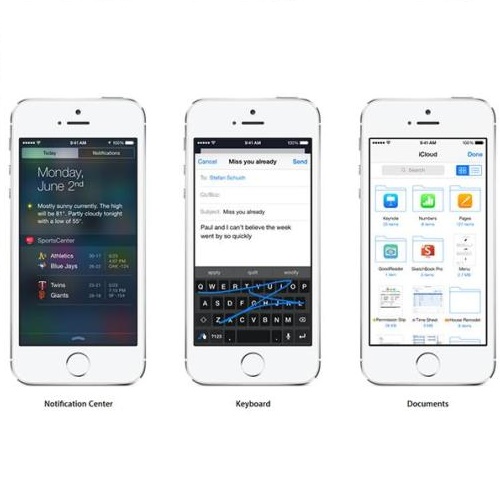Cluster inference based on spatial extent thresholding is the most popular analysis method for finding activated brain areas in neuroimaging. However, the method has several well-known issues. While powerful for finding brain regions with some activation, the method as currently defined does not allow any further quantification or localization of signal. In this paper we repair this gap. We show that cluster-extent inference can be used (1.) to infer the presence of signal in anatomical regions of interest and (2.) to quantify the percentage of active voxels in any cluster or region of interest. These additional inferences come for free, i.e. they do not require any further adjustment of the alpha-level of tests, while retaining full familywise error control. We achieve this extension of the possibilities of cluster inference by an embedding of the method into a closed testing procedure, and solving the graph-theoretic k-separator problem that results from this embedding. The new method can be used in combination with random field theory or permutations. We demonstrate the usefulness of the method in a large-scale application to neuroimaging data from the Neurovault database.
翻译:以空间范围阈值为基础的群集推断是发现神经成像中活跃脑区域最受欢迎的分析方法。 但是, 该方法有一些众所周知的问题。 虽然对发现大脑区域具有一定激活力, 但目前定义的方法不允许信号进一步量化或本地化。 在本文中, 我们修补了这个差距。 我们显示, 群集扩展推论可以用来推断在相关解剖区域存在信号, 并且 (2.) 量化任何感兴趣区域中活性 voxel 的百分比。 这些额外的推论是免费的, 即它们不需要对测试的阿尔法水平做任何进一步调整, 同时保留完全的家族错误控制。 我们通过将该方法嵌入封闭的测试程序, 并解决嵌入产生的图形- 理论 k 分离器问题, 从而实现集推论的可能性的扩大。 新的方法可以与随机字段理论或变相结合使用。 我们展示了该方法在大规模应用中用于神经造影数据库中神经造影数据的有用性。



